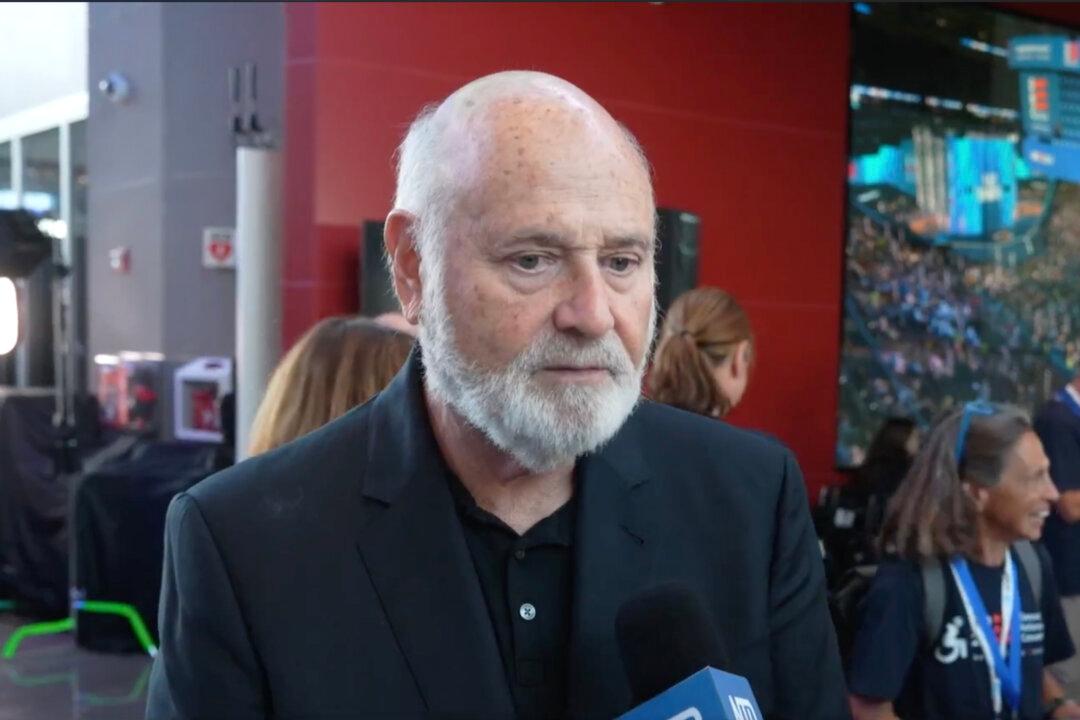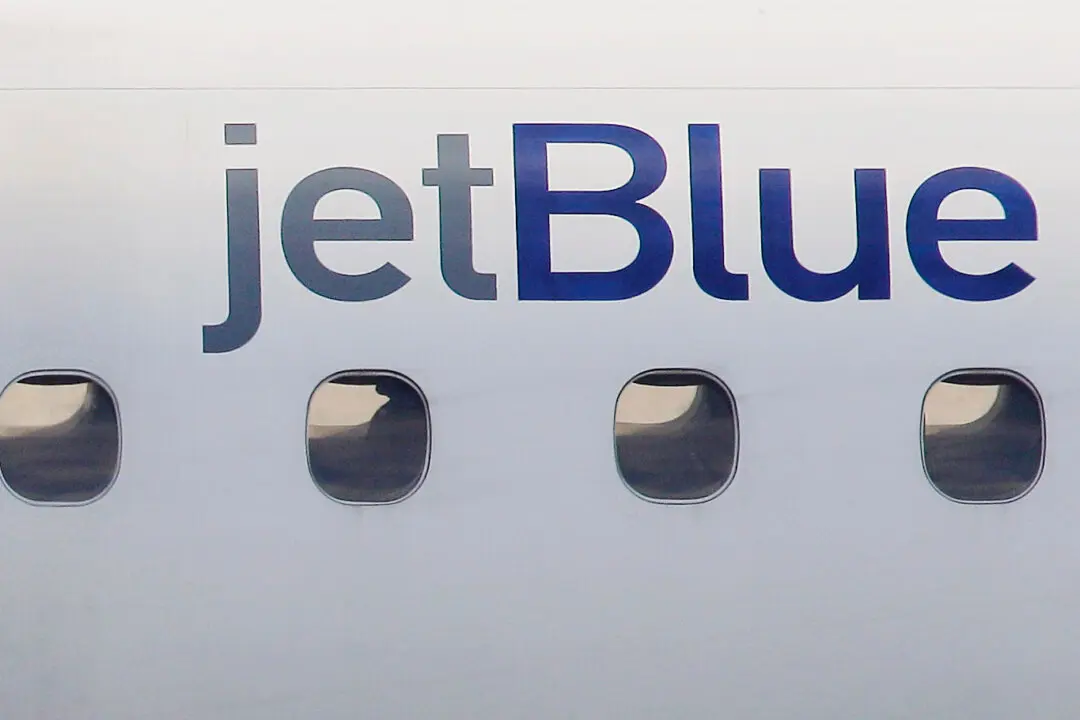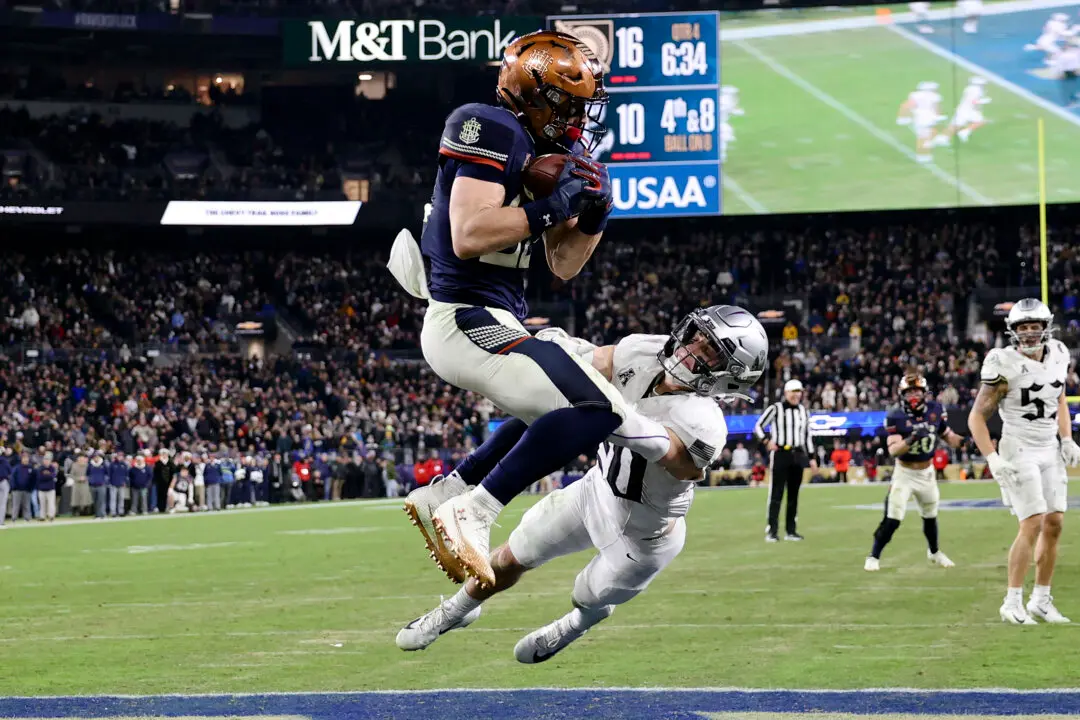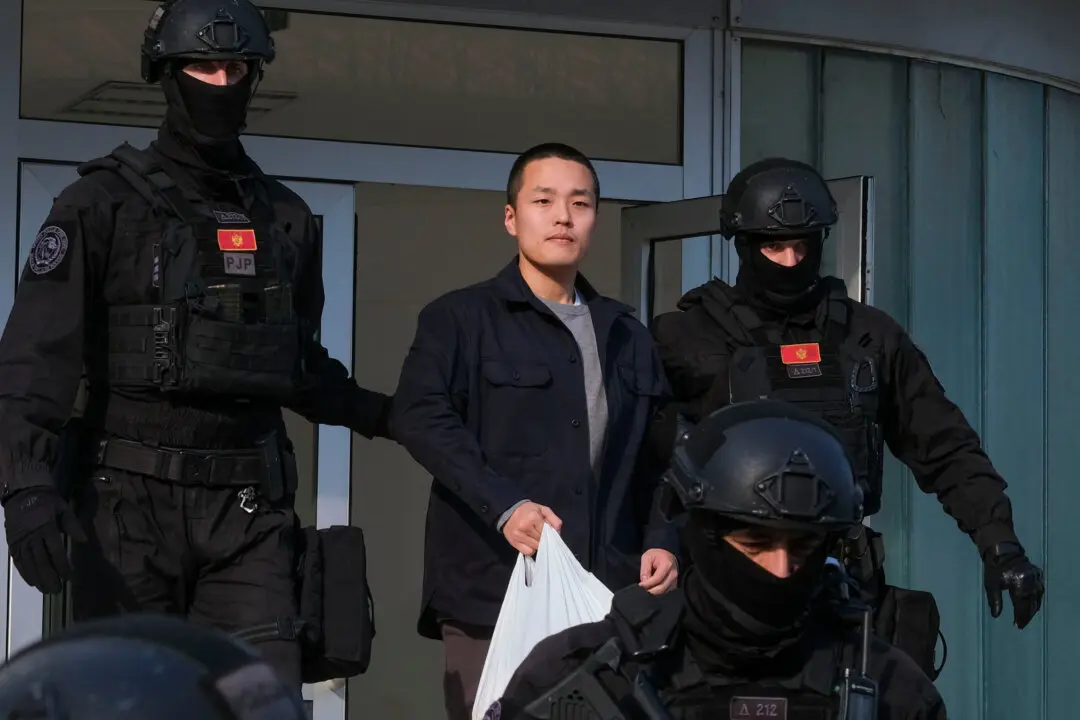The NCAA said Monday that one of the 3-point lines on the court used for the women’s basketball regionals in Portland, Ore., was about nine inches short of regulation at its apex, a mistake by the contractor that makes the courts used throughout the NCAA men’s and women’s tournaments.
The line on the court at Moda Center was corrected, the NCAA said, ahead of Monday night’s regional final between Southern California and Connecticut that was set to determine the final spot in next weekend’s Final Four. Five games had previously been played on the court, the first four with the mistake unnoticed.





